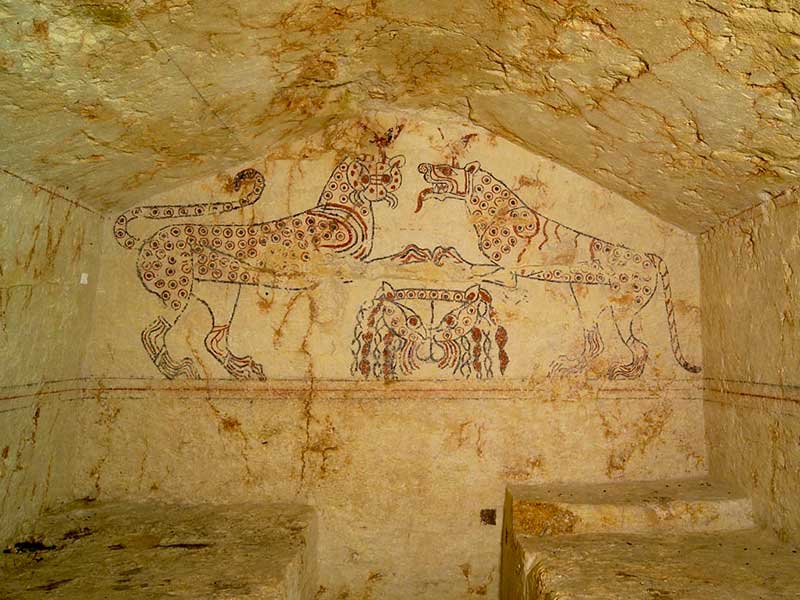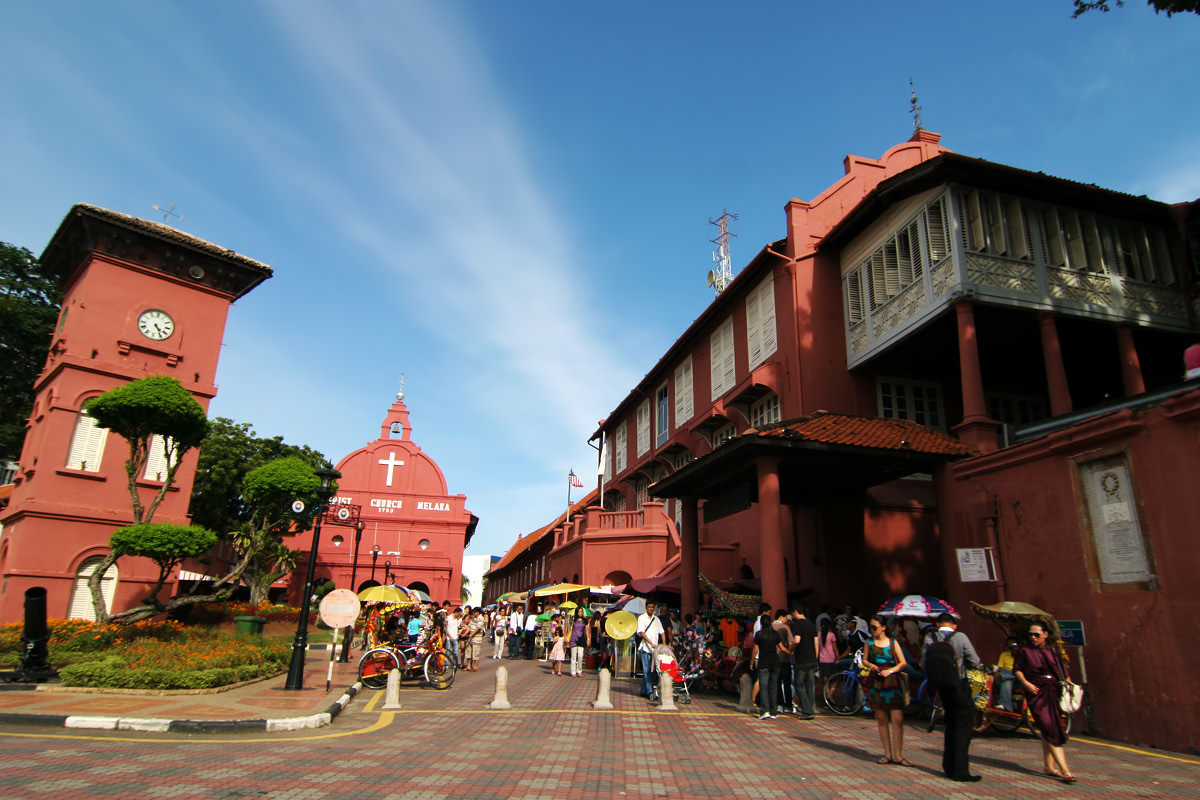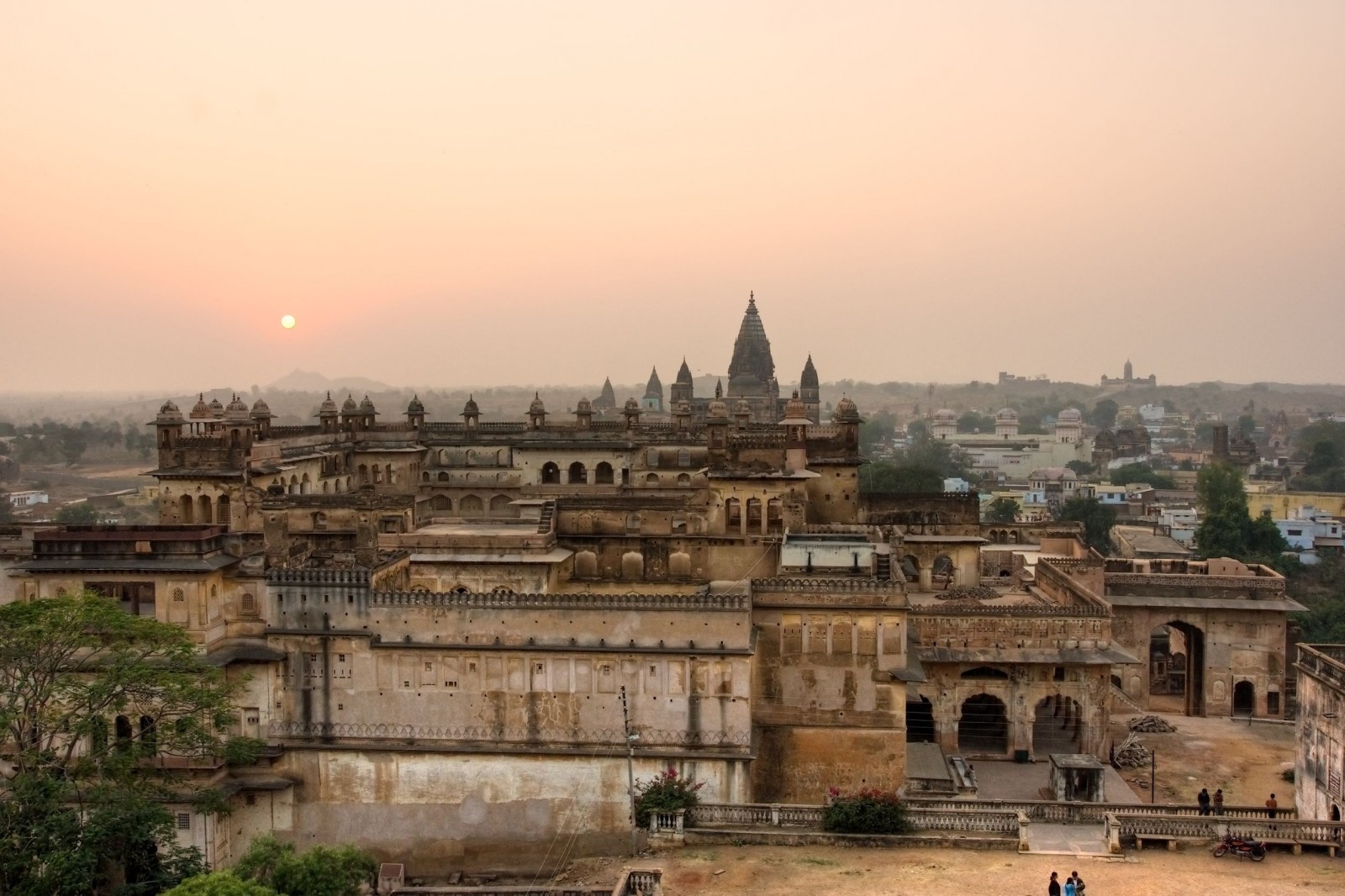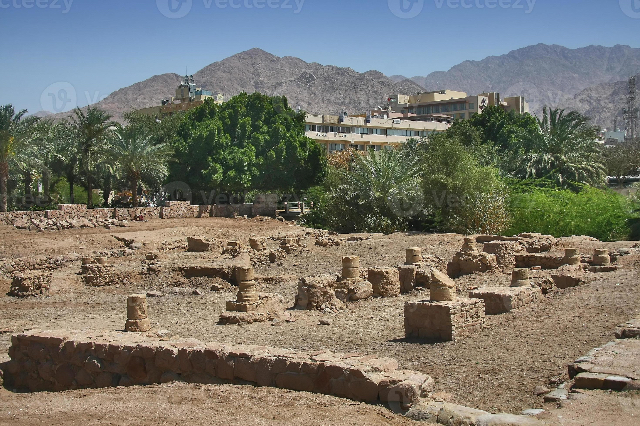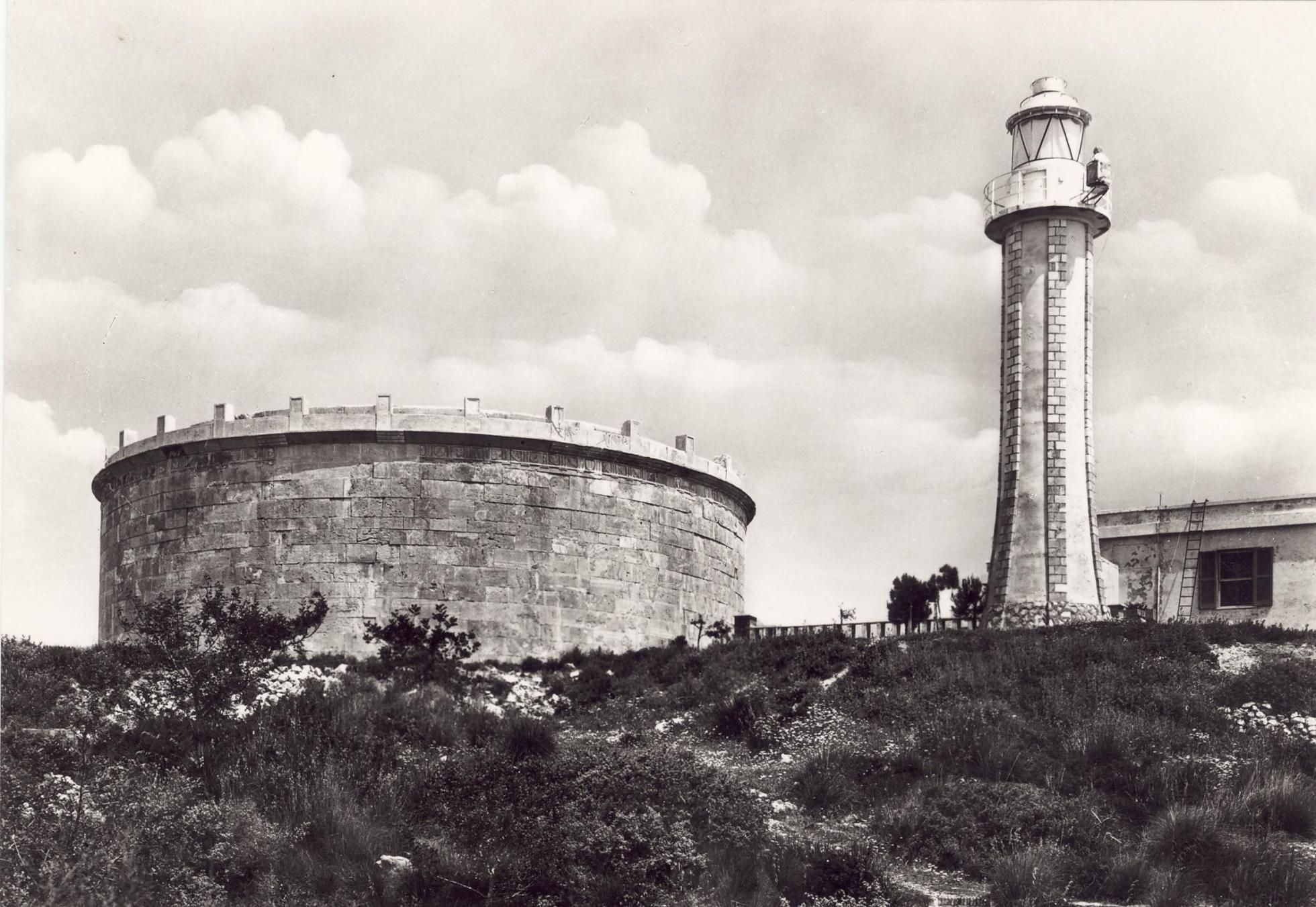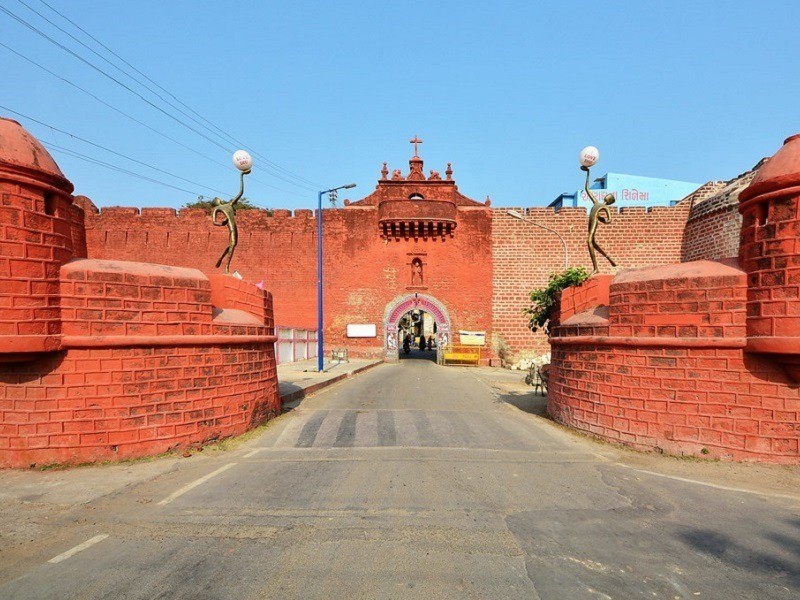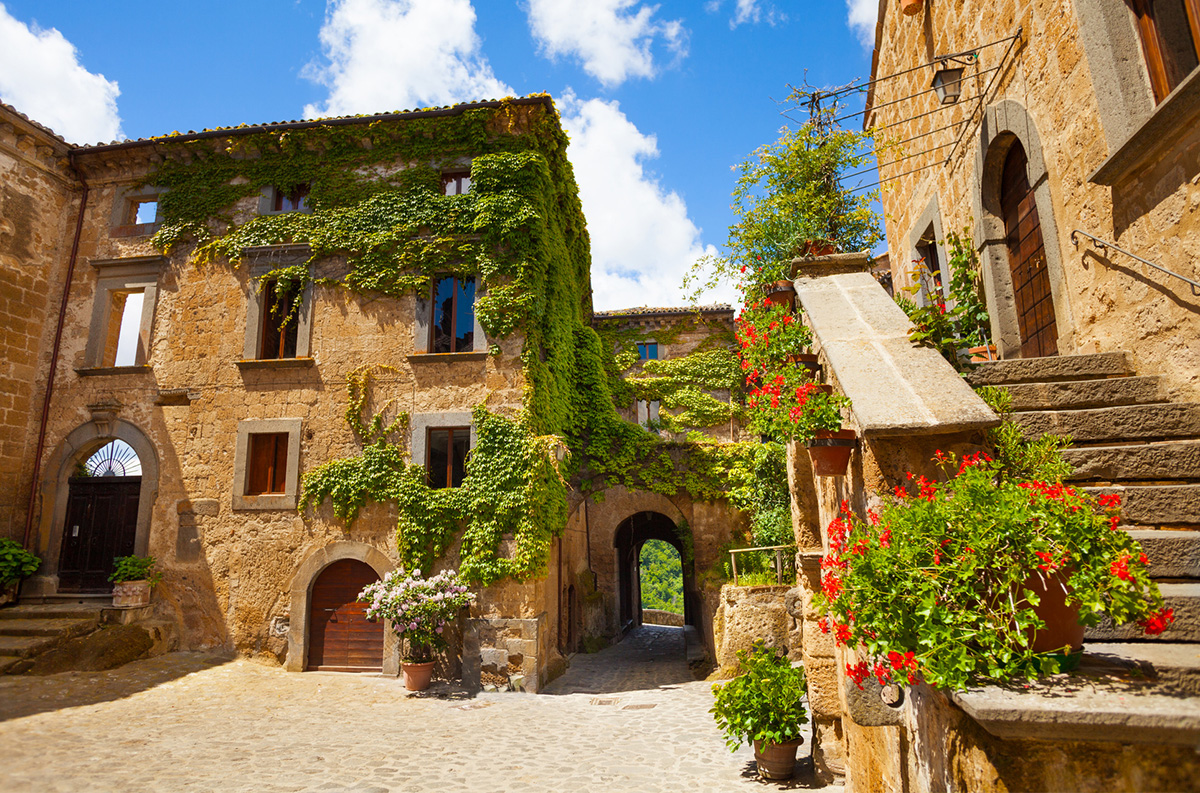The Etruscan necropolis of Monterozzi is located on high ground east of Tarquinia (VT) and has about 6,000 burials, the oldest of which date from the 7th century BC. About 200 tombs contain a series of frescoes that represent the most conspicuous pictorial nucleus of Etruscan art that has come down to us and at the same time the most extensive record of all ancient painting prior to the Roman imperial age. The burial chambers, modeled on the interiors of dwellings, have their walls decorated in fresco on a light layer of plaster, with scenes of a magical-religious character depicting funeral banquets, dancers, aulós players, jugglers, and landscapes, in which animated and harmonious movement is imprinted, portrayed in intense and vivid colors. After the fifth century B.C. figures of demons and gods flank the farewell episodes, in the accentuation of the monstrous and the pathetic.
The necropolis of Tarquinia.
Among the most interesting burials are the tombs that are referred to as the Warrior, the Hunt and Fish, the Lionesses, the Augurs, the Jugglers, the Leopards, the Festoons, the Baron, the Ogre and the Shields. Some of the paintings, detached from some tombs in order to preserve them (Tomb of the Bigas, Triclinium, Funeral Bed and Ship), are kept in the National Etruscan Museum in Tarquinia; others can be seen directly on the wall on which they were made.
Also of provenance from the necropolis are notable stone sculptures in relief on slabs or in the figure of the deceased lying on the sarcophagus; notable among others is the limestone sarcophagus of the Partunu tomb, a work of fine workmanship, datable to the Hellenistic age.
Many of the artifacts found in the necropolis are collected in the National Etruscan Museum of Tarquinia and in many other museums scattered around the world. The paintings and wall decorations of the Baron’s Tomb, discovered in 1827, were reproduced in later years on the walls of the so-called Etruscan Cabinet, kept inside the Royal Castle of Racconigi.
Since July 2004, the Monterozzi necropolis, together with that of Cerveteri, has joined the UNESCO list of World Heritage Sites.
